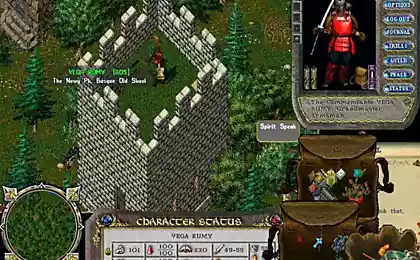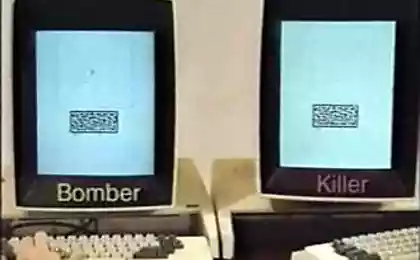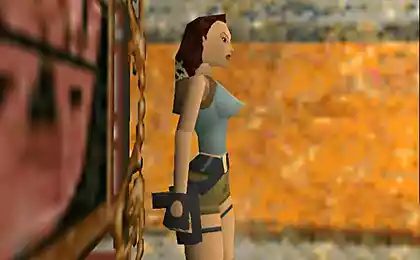202
Building the Future: How Designers Shape Children’s Thinking and Imagination

In every child lives a tireless explorer, a small architect and an engineer who seeks to understand how the world works and how it can change it. Play is a process of cognition of the world, a universal language in which children learn, form their understanding of the surrounding reality. In this article, we will take a detailed look at how these toys lay a solid foundation for future success and comprehensive development.
Thinking: From Space to Logic
Constructors (https://eva.ua/13533/konstruktory/) are ideal for developing spatial thinking that involves understanding shape, size, location, distance and direction. Children learn this by actively manipulating blocks, connecting details and observing how different elements relate to each other in three-dimensional space.
Games with a designer teach the child to think, compare, analyze. Before putting the details together, he intuitively plans, plots how they will interact. Wrong, he'll try again. The built structure collapsed - will find a way to make it more sustainable. These are the foundations of logical thinking, which are laid not behind the desk, but in the game.
More complex models with moving elements, gears, motors add an element of engineering thinking. The child gradually learns the laws of physics: learn how the lever works, why the tower falls at a certain load, how movement is transmitted from one part to another. All this happens through natural curiosity, without boring lectures and cramming. Logic becomes a fascinating game.

Developing imagination and creativity
Even if there is an instruction in the box, sooner or later the child will retreat from it. He wants to build something that is not in the book. And this shows the power of the designer as a tool for the development of creativity. The child begins to combine elements in his own way, to look for non-standard solutions, to experiment.
It is important that the designer does not give ready-made stories. It requires the inclusion of fantasy. The same set of parts can turn into a spaceport, a fairy castle or an underwater base. Each time, a new story, new rules. This is how figurative thinking develops, the ability to think outside the templates, to invent and implement new ideas. This is especially valuable in a world where creativity has become one of the main skills of success.
Fine motor skills and coordination of movements
Dealing with details – especially small ones – requires precision and precision. For a child, this is a real exercise of fine motor skills, which plays a huge role in the development of speech, memory and concentration. The more the child interacts with small objects, the more actively the neural connections responsible for coordination and fine hand movements are formed.
In addition, collecting a model, the child learns patience and perseverance. It doesn’t always work out the first time—sometimes you need to make an effort, focus, try it several times. This forms important personal qualities: perseverance, attentiveness, accuracy. A designer is a school where the mind and body work together.

Social skills and ability to work in a team
Designers are also a great way to establish communication between children. When they're building together -- whether it's a tower, a car, an entire city -- they have to negotiate, negotiate, assign tasks. Someone designs, someone assembles, someone decorates. These are all elements of teamwork that are so needed in the future.
In addition, children learn to listen to each other, argue their point of view, make compromises. If someone has proposed a non-standard solution, this is an occasion to discuss, not argue. Such game situations form skills of cooperation and respect for other people's opinions, as well as strengthen confidence in themselves and their role in the team.
Preparation for future professions
Many specialists - architects, engineers, programmers - remember that in childhood they loved designers. It is not surprising: through the game, the child gets acquainted with the basic principles of modeling, design, analysis. This is the first step towards a conscious interest in technical or creative professions.
In a world that is rapidly changing, where automation is displacing routine professions, the ability to think outside the box, see the system, come up with solutions come to the fore. Design game is about developing these skills. This is the first experience of being an inventor, a creator, a creator. And it can play a crucial role in choosing a life path.

Designers are much more than just toys. They are multifunctional tools that comprehensively develop the child, covering cognitive, motor, social and emotional skills. Their role is especially important in the formation of flexible thinking (spatial, logical, critical) and the disclosure of boundless imagination (creativity, ability to story).
Playing with designers lays a solid foundation for academic achievement. It nurtures perseverance, problem-solving, self-confidence, which are the key to success and satisfaction in life. Provide children with a variety of materials, create a stimulating environment for them, and let them be the master architects of their own worlds. Remember: the main thing is not only to teach, but also to make the learning process fascinating, following the imagination of the child. Let each building be a small step towards the great future our children are building with their hands, their minds and their imaginations. Enjoy reading and inspiring construction adventures!
Victoria Turner: The Art of Creating a Personal Brand in the Digital Media Age
5 Rules to Rebuild a Ruined Life | Miyamoto Musashi Strategy























